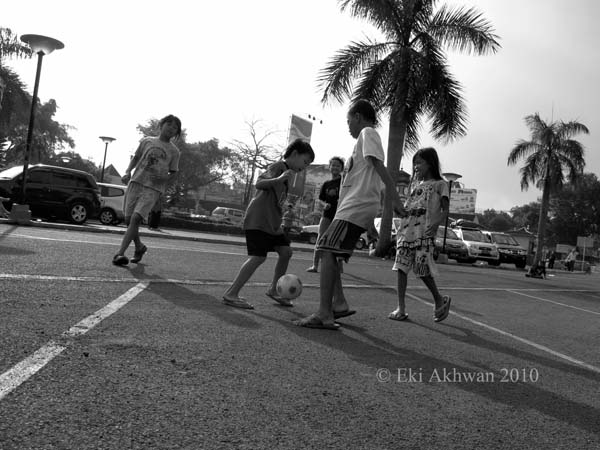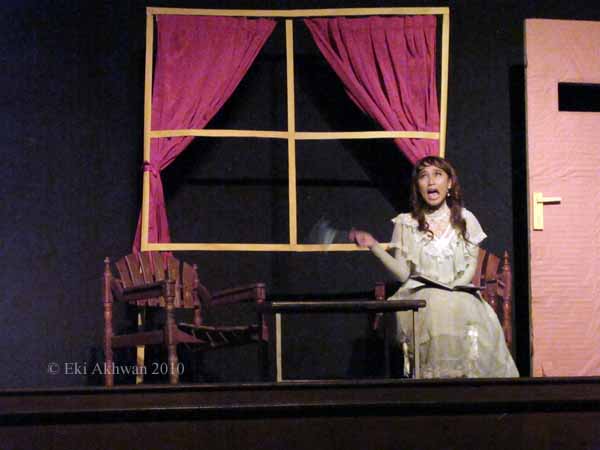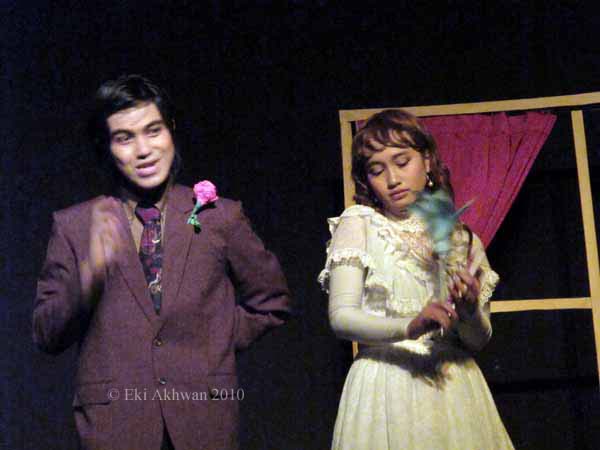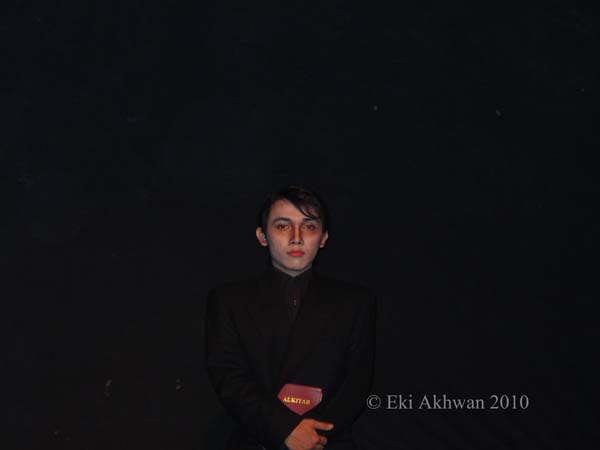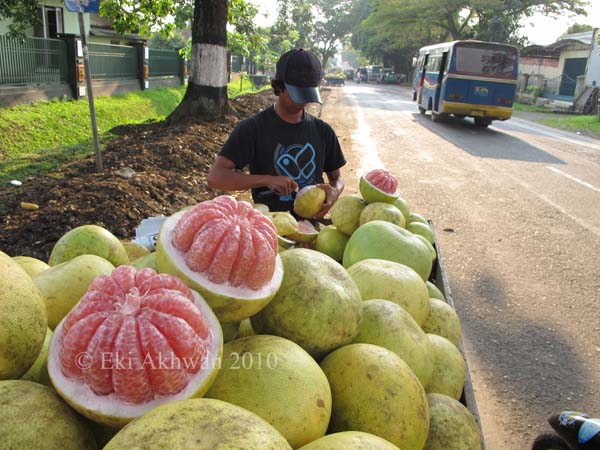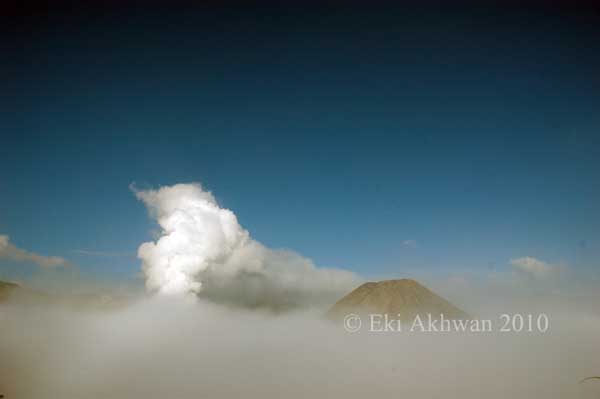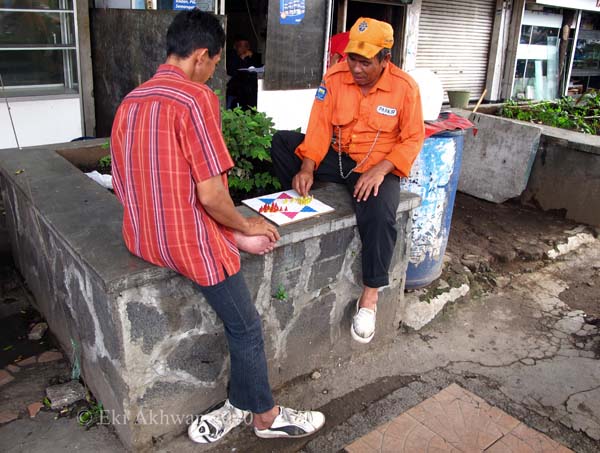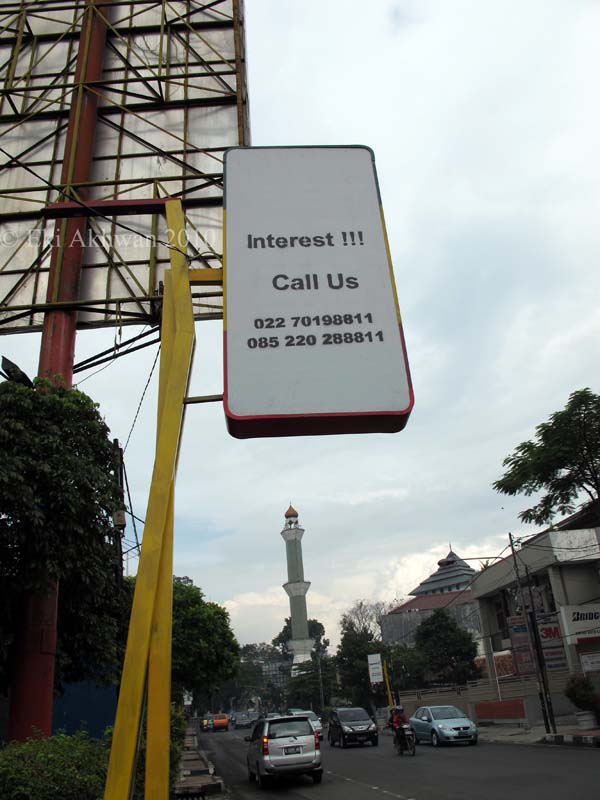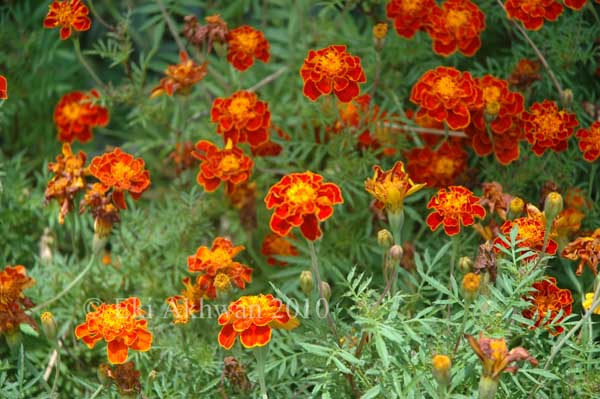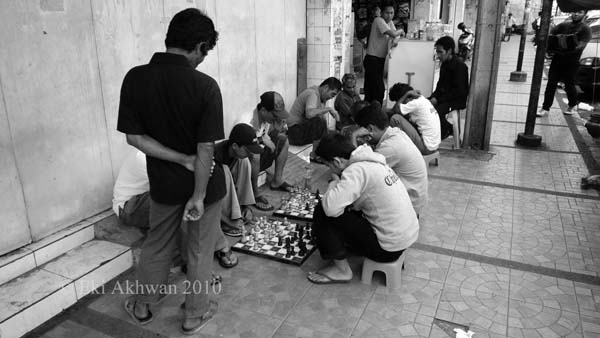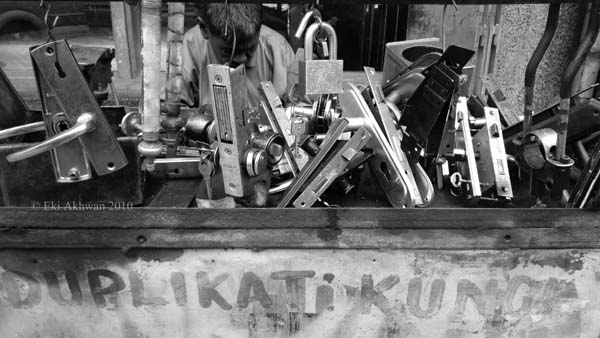The Museum of
The Asian-African Conference was dedicated by then the Indonesian President Soeharto on April 24, 1980 as part of the 25th commemoration of the conference. The museum has a library, an audio-visual room where visitors could watch documentary films about the conference, and, like any other museums, authentic objects, documents, and photographs relevant to the conference, including an excellent collection of multimedia profiles of the participating countries.
Here is what the inside of the museum looks like today:

Photo 1: This is the main hall where the plenary sessions took place. The flags in the front row are those 29 original attendees of the conference in 1955. Those in the back row are the flags of the countries attending the 50th anniversary of the conference in 2005.

Photo 2: A diorama depicting Indonesia's first President Soekarno delivering his speech at the opening ceremony on April 18, 1955. Behind him are the leaders of the initiating countries.

Photo 3: The globe in the main hall of the museum. The golden colored territories are those of the original 29 independent countries respresented in the 1955 conference.
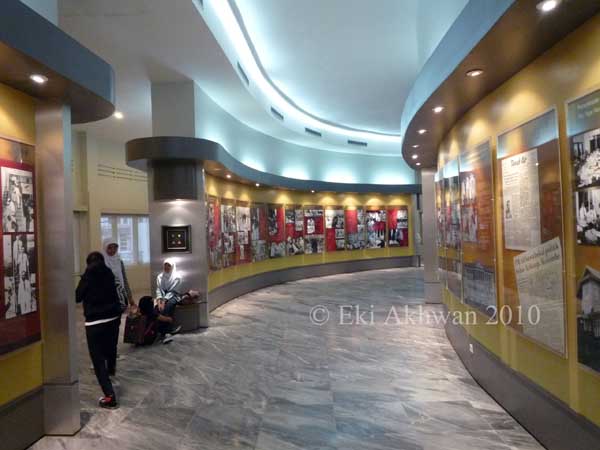
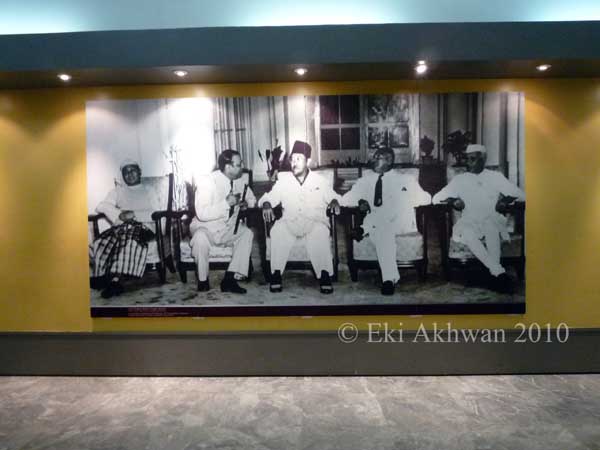
Photos 4 and 5: The exhibit hall displaying photographs and documents relevant to the conference.

Photo 6: The hall displaying the 10 Bandung Principles and its translations into the languages of the original participating countries.
